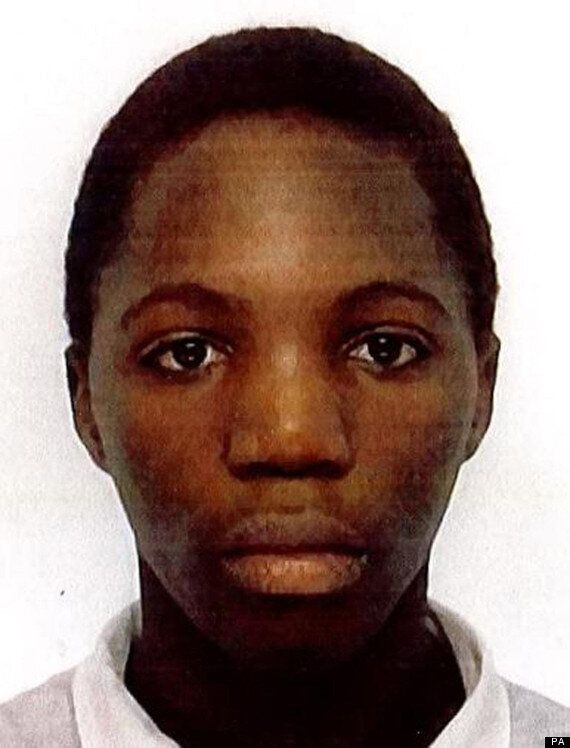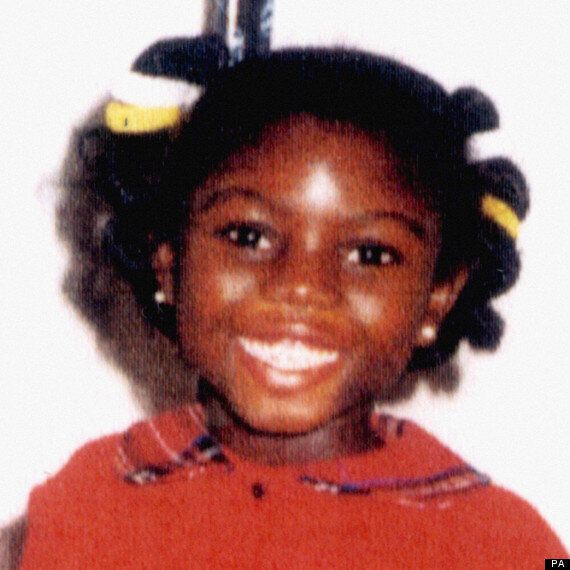An action plan to tackle faith-based child abuse has been launched by the government to dispel the "wall of silence" after the horrific murder of 15-year-old Kristy Bamu.
The Department for Education announced the move following the appalling abuse of the teenager at the hands of his sister and her boyfriend last December. Kristy, who was staying with his relatives while on holiday from France, was attacked with hammers, pliers and chisels and subjected to "a prolonged attack of unspeakable savagery and brutality". His torturers used the excuse they thought he was a witch.

The teenager was tortured to death as his relatives suspected him of witchcraft
Kristy was in so much pain he "begged to die". He was tortured for three days until his relatives drowned him in a bath. When Kristy's body was found, his face and head were covered in deep cuts and bruises and his teeth had been removed.
After details of the shocking abuse emerged, the government launched an inquiry into preventing child abuse connected to faith. The DfE published the National action plan for tackling child abuse linked to faith or belief on Tuesday, in an attempt to "cut through the wall of silence" which exists around ritual child abuse and neglect in the name of witchcraft, spirit possession and the supernatural.
The policy, drawn up with faith leaders, charities and the Met, hopes to raise awareness of the crimes and will set out "urgent" practical steps to identify children at risk and act to protect them. Those responsible for setting out the aims say there needs to be "closer engagement" with local communities and churches to prevent abuse.
Children’s minister Tim Loughton said it is not the government's job to challenge beliefs but "it is our job to protect children". He added:
"There can never be a blind eye turned to violence or emotional abuse or even the smallest risk that that religious beliefs will lead to young people being harmed.
"There has been only very gradual progress in understanding the issues over the last few years – either because community leaders have been reluctant to challenge beliefs which risk leading to real abuse in their midst; or because authorities misunderstand the causes or are cowed by political correctness."
In the past 10 years, there have been 81 recorded police investigations in London into allegations of child abuse where faith has been a factor but it is believed while progress has been made, abuse linked to faith or belief is going unreported.
"Cases of adults inflicting physical violence or emotional harm on children they regard as witches or possessed by evil spirits are known across the world," the DfE publication notes. "They almost wholly involve tiny minorities or sub-sects within major religions, as well as pagan faiths.
"There are few official statistics, limited research and major gaps in understanding its scale or motivations."
Another infamous case of faith-related child abuse is that of Victoria Climbié.
The eight-year-old was beaten, tied up, made to eat food like a dog and forced to sleep in the bath wrapped in a bin liner because her great aunt was convinced witches possessed the girl. By the time she died she had 128 separate scars on her body, including burns thought to have been caused by cigarettes.

Climbié's death led to a huge public inquiry and placed the handling of child abuse cases firmly under the microscope
Mor Dioum, director of The Victoria Climbié Foundation UK, said the charity welcomed efforts to address child abuse linked to faith or belief.
"By bringing the issue into the open, and working with our statutory partners, the relevant communities and the voluntary sector, we can better protect and support members of our communities when they seek to highlight their concerns.
"However, we need to work more effectively with families to achieve better outcomes for children and young people affected by this type of abuse."
New research into what is known about faith-based child abuse is expected to be published at the end of the year. Such abuse has common features, including:
- A community consensus witchcraft exists, propagated by faith or influential leaders. This includes belief in demons acting through children or leading them astray
- Belief the child is the "victim" of a supernatural force and the abuse is designed to "save" them by driving out the devil, while the perpetrators believe they are acting in the right
- The fear the child may harm or kill their relatives
- Abusers target children who are different because they have a disability or illness
- Ritual or multi-murders, where the killing of children is believed to bring supernatural benefits. Alternatively, there is the belief their body parts produce potent magical remedies
- Use of belief in magic to create fear in children to make them more compliant when they are being trafficked for domestic slavery and sexual exploitation
The NSPCC's chief executive Andrew Flanagan said he hoped the action plan would give professional the training they needed to identify and protect young victims.
"The vast majority of people in communities where witchcraft is practised are horrified by these acts and take no part in this atrocious behaviour. So we must not be afraid to raise this issue so the offenders can be exposed.
"And, most importantly, everyone must play their part by watching out for unusual activity and reporting it as early as possible. We must never forget this is about child cruelty not culture and we cannot afford to wait until another child is murdered before decisive action is taken."